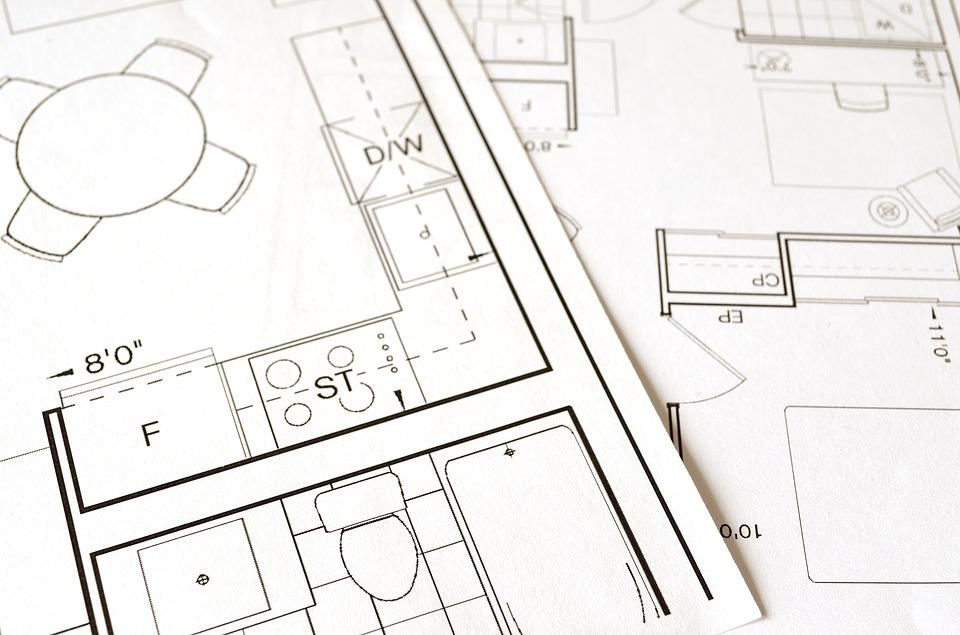With summer already in full swing in many parts of the country, homeowners turn to renovations and remodeling to increase the value of their homes. In recent years consumers have been reluctant to start renovation projects because of all the uncertainties in the economy, noted the senior vice president of home equity for TD Bank.
Now, with rising housing prices, which translate into more equity for homeowners, higher mortgage rates and record-low availability of homes for sale, more people are considering staying put, to renovate and further increase that ever-important equity. Moreover, a low jobless claims total in the last month has also encouraged this trend. However, with the housing crash experienced in some parts of the country still fresh in some homeowners’ memories, choosing what to renovate and how to finance the changes, to maximize return upon sale, is just as important as timing.
Recent steady gains in the economy, as well as rising housing prices, are enabling a growing demand for home improvements across the country. Additionally, the rash of record-setting natural disasters last year have played a significant role in boosting the remodeling and restoration market in the areas affected.
Bloomberg published an article reporting that while homebuilders in some areas of the country are experiencing a low in the construction market due to high lumber prices, a shortage of skilled workers and rising mortgage rates, the home-improvement sector has rebounded lately. The reason is twofold: the industry labor shortage has slowed construction of new homes, which seems to have boosted demand for existing ones. As such, the resultant rise in existing home prices has many convinced to invest in their residences with renovations.
The growing trend in renovations is also fueled by a declining number of jobless claims in the last few weeks. More homeowners are feeling confident about remortgaging or taking out loans to finance new renovations. CNBC claim that since May 26, claims dropped by 13,000 to a low of 221,000 which represents a figure 7,000 lower than what was initially expected. With the shortage of skilled workers, the labor market is viewed as being close to full employment with an article by Nadex revealing that unemployment is at a 7.5-year low. As a result, consumer confidence is higher than ever and more willing to invest to raise the value of their homes.
This is reflected in the recent profits seen by home improvement centers like Lowes and Home Depot. Higher home values are an indicator of home-improvement store financial performance, with the industry set to grow its market share. Despite all the favorable conditions in the home-improvement market, however, homeowners are still cautious when they decide to renovate, being extremely judicious about how they spend and where.
Options for financing are many, including personal loans, home equity lines of credit (HELOC), Federal Housing Administration (FHA) 203k or a reverse mortgage. Yet, the level of finance is dependent on the scale of renovation; for smaller projects, short-term personal loans are best, while major renovations, require longer-term loans such as an FHA 203k or HELOC, which allow homeowners to keep their original mortgage. This is extremely favorable as most homeowners have 30-year fixed-rate loans, which as mentioned in a previous article on Find the Home Pros is the most popular and sustainable mortgage.
Additionally, homeowners are faced with deciding in what to invest to get the best return versus cost. Remodeling Magazine’s figures indicate that the highest returns on investments are higher end garage door replacements, midrange manufactured stone veneer and steel entry doors, with recouped costs of 98.3%, 97.1% and 91.3%, respectively. More common renovations such as bathrooms will generally net around a 70% return.
Photo courtesy of Pixabay

Recent Comments